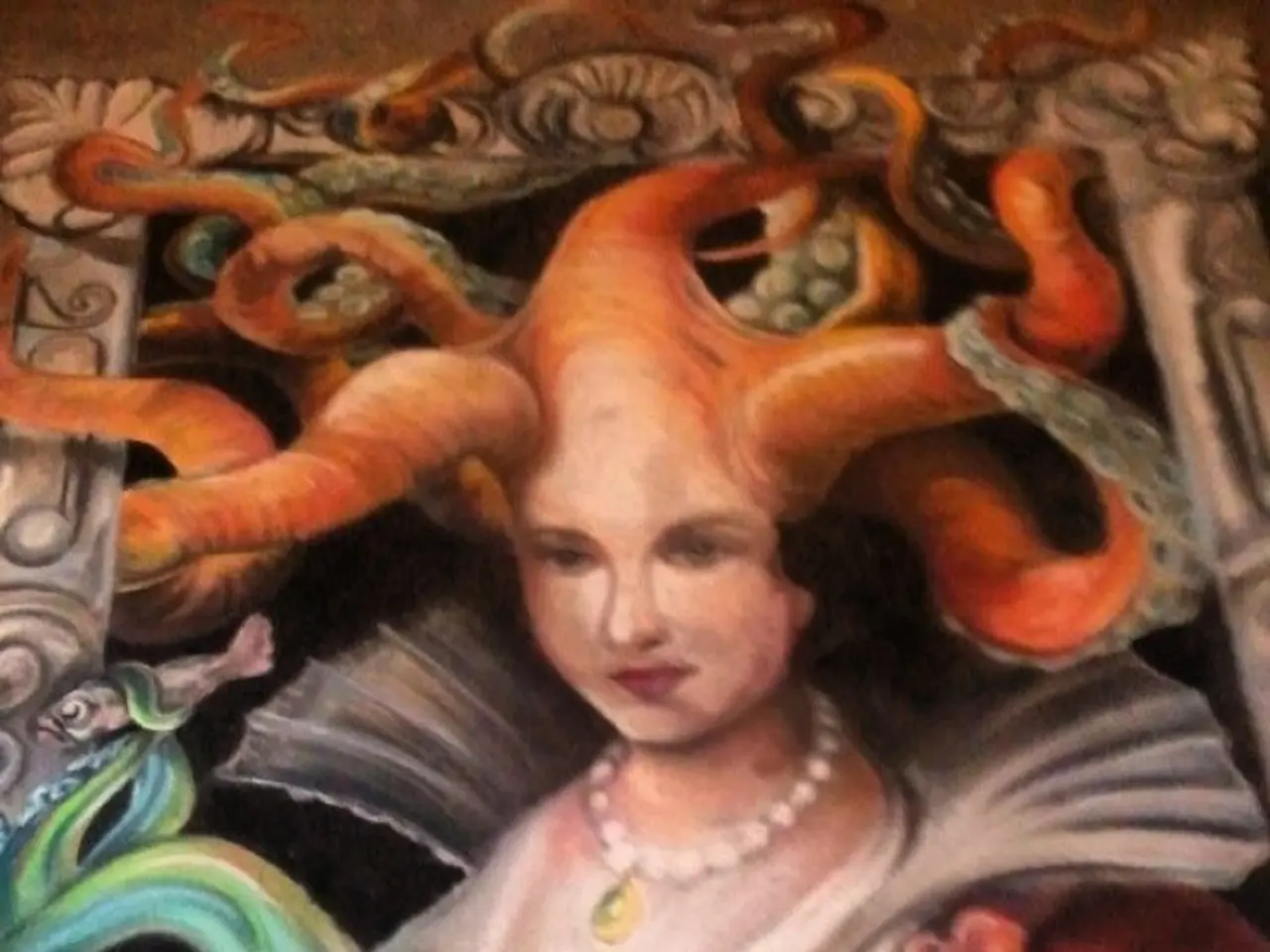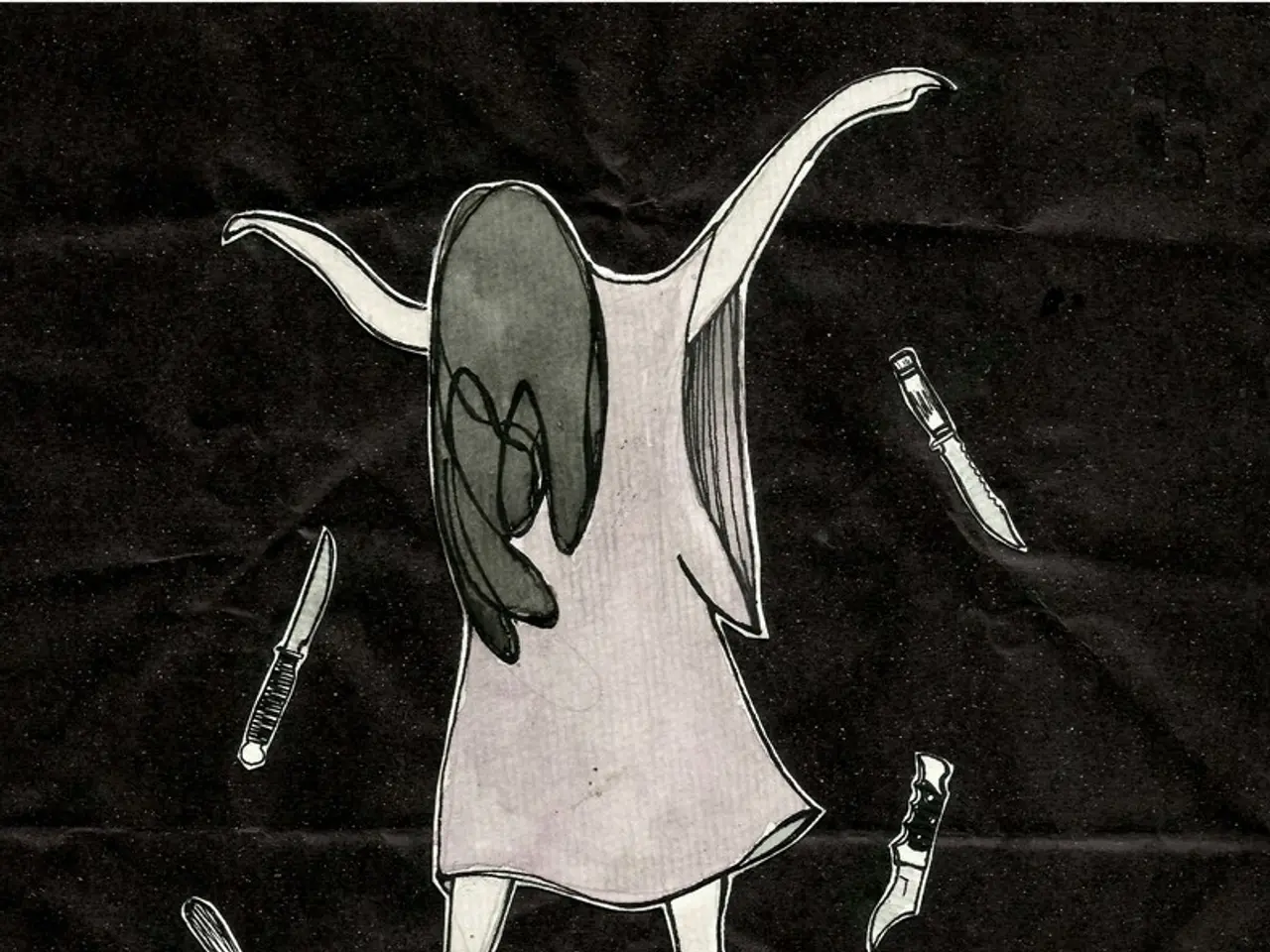British appraisal of Impressionism spanned from intense indignation to intrigued fascination, persisting over a decade.
In the late 19th century, British art underwent a significant transformation, as Impressionism, a revolutionary art movement that emerged in France, began to take root in the British Isles. This evolution was a gradual process, heavily influenced by the French Impressionist movement that originated in the early 1870s.
Key French Impressionists like Claude Monet and Camille Pissarro temporarily relocated to London during the Franco-Prussian War, painting local scenes and exposing British artists and audiences to their style. While initial reactions ranged from outrage to curiosity, French Impressionist ideas slowly began permeating the British art scene over the subsequent decade.
This diffusion was facilitated by British artists who had trained or worked in France, allowing Impressionist techniques and ideas to enter British artistic circles. Artists like James Guthrie and John Lavery, members of the distinctive Glasgow Boys movement in Scotland, incorporated Impressionist elements such as emphasis on natural light, colour, and everyday subject matter into their work.
In England, the coastal town of Newlyn saw the emergence of its own school in the 1880s, marking a shift away from the artificialities of the Royal Academy towards raw realism rooted in everyday life. Pioneers like Henry Herbert La Thangue and George Clausen, both founding members of the New English Art Club, went to France to learn about painting rural subjects.
Meanwhile, in Brittany, France, La Thangue and Stanhope Alexander Forbes laid the groundwork for painting outdoors, paving the way for a new generation of British artists to follow suit. Forbes, in particular, captured the grey, steely colours of Brittany in his works.
Walter Sickert, another Whistler assistant, was deeply indebted to French art, particularly Degas, and developed a personal version of Impressionism, favouring music halls and low-life theatre. Sickert's contemporary, John Singer Sargent, was another American who found fame in London, with works showing a fascination with landscape echoing Impressionist style.
Notably, British Impressionism also built on a longer British artistic lineage, where earlier figures like J. M. W. Turner had foreshadowed Impressionist concerns with light and colour in his expressive landscapes and atmospheric effects. Turner’s mature works, with their shimmering colours and evocations of pure light, were studied by French Impressionists, establishing a cross-channel artistic dialogue influencing both traditions.
In London, Paul Durand-Ruel, a French art dealer, opened his gallery, showcasing works by exiled French artists. Among these was Monet, who, despite his first seven-month stay in London being 'miserable', returned later to focus on views of the Thames. Monet's painting, 'Claude Monet Painting by the Edge of a Wood (1887)', shows Monet hard at work and is an embodiment of the making of an Impressionist picture.
Steer's 'The Bridge', painted a couple of years after Sargent's picture, implies the relationship between two figures staring over Walberswick estuary in Suffolk in dim evening light. Wilfrid de Glehn, another British artist, adopted a fluid and luminous painterly language from Sargent, while his portraits are softer and more companionable compared to Sargent's works.
In 1888, Sickert and Steer joined the New English Art Club, which became one of the most important centres for this new art. The integration of French Impressionism reinvigorated British and Scottish art in the late 19th century by introducing new approaches to light, colour, and modern life, moving away from the more formal and academic styles that had dominated earlier British art traditions.
By the early 20th century, British Impressionism had evolved into a unique and vibrant art movement, leaving a lasting impact on British art history. Today, works by British Impressionists can be seen at David Messum Fine Art in London until July 31, offering visitors a glimpse into this fascinating period of artistic transformation.
[1] Gage, John, and Martin Hammer. The Oxford History of Western Art. Oxford University Press, 2001. [2] MacLeod, Michael, and Peter Cormack. The Glasgow Boys: Scottish Art at the Turn of the Century. National Galleries of Scotland, 2005. [5] Gage, John, and Martin Hammer. The Oxford History of Western Art. Oxford University Press, 2001.
British artists such as James Guthrie and John Lavery, inspired by French Impressionism, started incorporating Impressionist elements like emphasis on natural light, color, and everyday subject matter into their work. Meanwhile, Walter Sickert, an assistant of James McNeill Whistler, developed a personal version of Impressionism, focusing on entertainment venues like music halls and low-life theatre.








